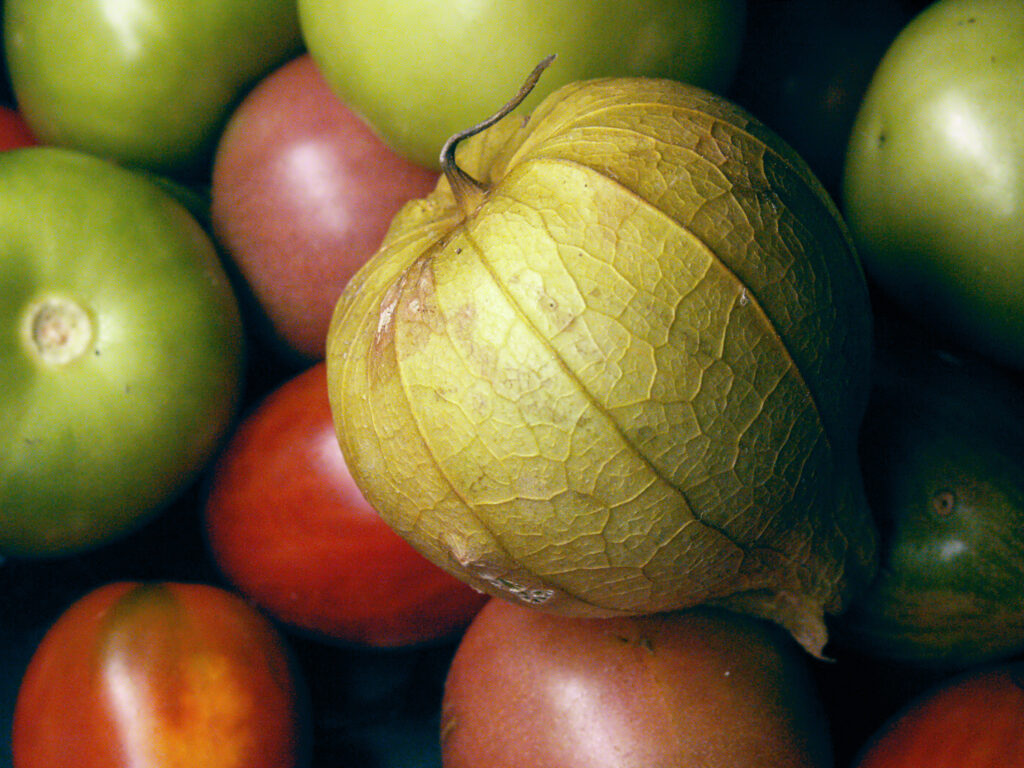
Salsify (verb).—To make into salsa. “We have a lot of tomatillos left over from the garden. We might as well salsify them.”
Edited by H. Albertus Boli, LL.D.

Salsify (verb).—To make into salsa. “We have a lot of tomatillos left over from the garden. We might as well salsify them.”
Dear Dr. Boli: Why are stupid people so angry all the time? Honestly, it just makes me want to punch them. —Sincerely, Spud, the bouncer at Krzrnski’s Cafe.
Dear Sir: Stupid people are angry because they believe, incorrectly of course, that they are more intelligent than the people around them, and that the world is in the mess it is in (stupid people are always convinced that the world is in a mess) because other people are too stupid to see the trivially obvious solutions to all our problems. The stupidity of other people is an inconvenience to people of obviously superior intelligence, such as you, but since the others are too stupid to see their own stupidity, they lash out in rage and sometimes violence against the people whom they perceive as being stupidly responsible for all the annoyances of their lives.
What can be done about it? The only solution would be to make the people around you less stupid. Start by teaching them to read Latin at least at the Caesar’s Commentaries level. Dr. Boli takes it for granted that a person of your obvious intelligence would have no trouble passing on some of his skills to the benighted mob surrounding him, and then the world would be in less of a mess, wouldn’t it?

Condiment-hater.
Dear Dr. Boli: What’s Greek philosophy all about? My professor at Yohogania Community College wants an essay on “what Greek philosophy was all about,” and she says it has to be at least 250 words. She said we should read some Greek philosophy to get some idea, but I have a medical condition that prevents me from caring, so I was wondering if you could, like, summarize it for me. —Sincerely, Alison.
Dear Miss: The main subject of Greek philosophy is the morality of condiments. Other topics come up from time to time, such as batty theories of astronomy and the important question of whether certain human beings are slaves by nature or by happenstance. But if you read any Greek philosophy at all, you will see that the conversation keeps coming back around to condiments. The number of pentasyllabic Greek words devoted to the issue of condiment morality outweighs the number of words devoted to any other subject in Greek philosophy, so you need only think of 249 other words to put the word “condiments” in some sort of context, and your essay will be finished.

1. Always make sure your software is up to date by turning on automatic updates. This gives North Korean hackers a chance to compromise your computer or phone by hijacking the update process, and it is considered sporting to give hackers a fair shot.
2. Keep a hatchet or axe next to your device at all times for use in case of emergency.
3. Avoid elementary security mistakes. The most elementary mistake you can make in managing any device is to connect it to the Internet, and yet an estimated 100% of Internet users have made that very blunder.
4. Print out a list of all your usernames and passwords and register it with the U. S. Copyright Office. Then it will be illegal for hackers to steal your login credentials.
5. Make sure you have something plugged into every open port on your computer or phone, including the headphone jack. Hackers often access your data through “security holes,” but you can thwart them if there are no holes.
6. Always take advantage of two-factor authentication, in which you must respond to a text message on your phone in order to access a password-protected site. That way a hacker cannot breach your security unless you lose your phone, which never happens.
7. Keep your phone and computer in a lead-lined bag. Place the lead-lined bag in a lead-lined safe. Ask a random stranger to change the combination on the safe without telling you the new combination, and then kill the random stranger. Now you are secure until the next burglar with a scrap of ambition notices that you have a large safe sitting around and wonders what’s inside it.